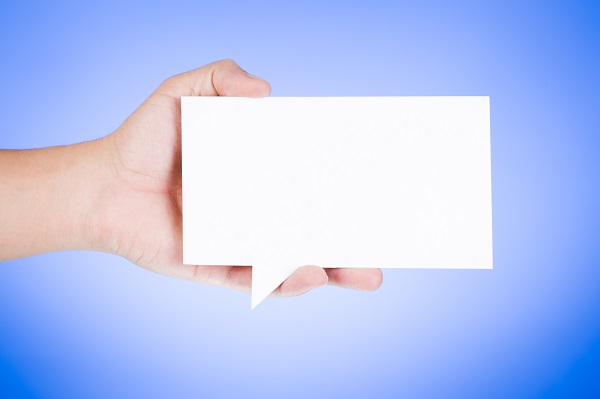The way that people communicate continues to change and evolve. Consider how you communicate with different people. Perhaps you Skype with your spouse, use WhatsApp and Telegram to chat with friends, use Lync to keep in touch with work buddies and an SMS to touch base with your parents.
Whatever messaging platform you use, each one has their own ‘rules of engagement’:
- They each have their own expected response time,
- They aren’t overused, and
- People don’t demand attention on them.
These are exactly the types of intricacies and dynamics that marketers need to keep in mind when they start to incorporate Facebook Messenger into their marketing strategies.
Twilio posted an intriguing infographic that stated that 66% of consumers would prefer to be reached by brands (or reach a brand) via a messaging app. Some other interesting statistics from the infographic include:
- More than 8 out of 10 (85%) of consumers not only want to be able to receive information but also reply to businesses or engage in a conversation.
- 77% of consumers keep notifications on for messaging apps.
- Half of the consumers prefer using native SMS (including iMessage and Android) to message businesses.
- Messaging is 3 to 8 times more preferred than face-to-face communications across all generations.
- Millennials choose messaging over email to talk to businesses.
According to TechCrunch, Facebook Messenger is used by 17% of the world’s population monthly and Sprout’s research shows that 31% of US app time is spent on Facebook and messaging apps. Facebook Messenger also has an unheard-of open rate of up to 90%, which means that more marketers and companies need to start dedicating their time and budget to this platform.


